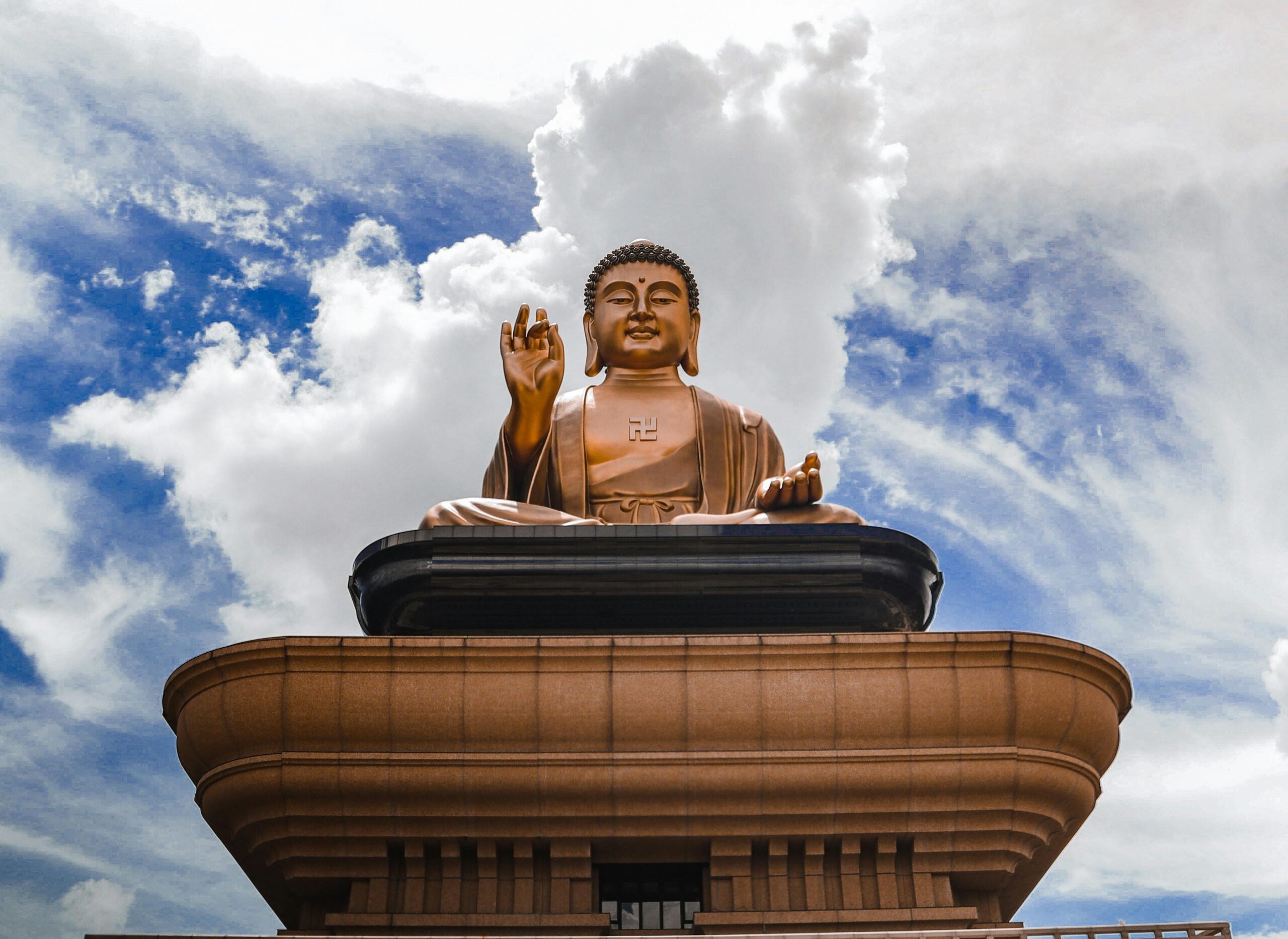Mahavira, also known as Vardhamana, is an important figure in the historical Indian faith of Jainism. He was born in the 6th century BCE in modern-day Bihar, India, and his life and doctrines impacted the evolution of Jain philosophy and civilization.
Mahavira’s Early Life
Mahavira was born into the Kshatriya caste’s royal family in the kingdom of Kundagrama near Vaishali in present-day Bihar, India. His father, Siddhartha, was the King of Kundagrama, while his mother, Trishala, was a devoted follower of the Jain faith. Jain practice says that Mahavira’s mother became pregnant after having a series of promising visions suggesting the imminent arrival of a perfect soul.
As a boy, Mahavira displayed a strong spiritual connection and detachment to worldly living. He demonstrated compassion for all living beings, even animals, and was deeply wounded by the pain he saw around him. Although born into a life of wealth and luxury, Mahavira sensed a profound sense of unworthiness with materiality and sought spiritual liberty.
Renunciation and austerities
At the age of thirty, Mahavira rejected his royal designation and worldly belongings in search of spiritual freedom. He fled his family later in the nighttime and abandoned his wealth ideas and aspirations to become a hermit. In a tragic quest for self-discovery, Mahavira explored numerous austerities and went to the ends of the earth.
For over a decade, Mahavira journeyed the jungles and mountains of India, meditating in isolation and blooming critical self-punishments. Including fasting, sickness, and bodily mortification, he pushed himself to attain spiritual enlightenment and eternal salvation from the cycle of reincarnation.
Attainment of Kevala Jnana
After years of ascetic and spiritual practice, Mahavira finally obtained Kevala Jnana, or omniscience, under a Sal tree in Jrimbhikagrama. As per Jain myth, Mahavira attained enlightenment on the thirteenth day of the bright fortnight of Chaitra and achieved full and perfect knowledge of the Universe while visiting the past, present, and future. Moreover, he witnessed the functioning of karma in the Universe and gained a thorough understanding of the nature of reality.
Having achieved enlightenment, Mahavira became known as Jina, the victorious, while revered as a Tirthankara – ford-maker, revealing to followers the path to Moksha. Having acquired the capacity to overcome sin by obtaining true knowledge, Mahavira started propagating the fundamental principles of Jainism.
Teachings and Philosophy
Central to the teachings of Mahavira were the fundamental Jain principles of ahimsa, non-violence, satya – truth, aparigraha- non-possessiveness, asteya – non-stealing, and brahmacharya- celibacy. Mahavira preached a life of morality, purity, compassion, and self-discipline as a path to spiritual liberation. Moreover, Mahavira taught the doctrine of anekantavada, or the multiplicity of viewpoints, and the relativism of truth.
According to this doctrine, reality is complex, and one cannot understand all of its aspects from one viewpoint. Thus, one must follow the doctrine of non-absolutism, try to understand all aspects of reality and respect different views. Mahavira’s teachings are recorded in scripture known as Jain Agamas, which are based on the oral teachings of Mahavira and the earlier Tirthankaras.
The spread of Jainism
During his lifetime, Mahavira inspired a large following of disciples, including men and women from all walks of life. He instituted a monastic order or sangha that included a class of monks or sadhus and nuns or sadhvis, who committed their lives to the search for spiritual truth and non-violence, or ahimsa.
Mahavira toured ancient India, preaching to and advising people from all social strata about nonviolence and moral uprightness. At the time, his message struck a chord with many, and Jainism grew in popularity throughout the Indian subcontinent.
His deeds and achievements
Mahavira’s philosophical acuity and moral precepts changed the course of Indian philosophy and have had a significant long-term effect on Indian culture. Jainism became one of the four largest religions in ancient India, in addition to Hinduism, Buddhism, and other indigenous Indian traditions. His morality and non-violence inspired countless people to live disciplined, ethically sound, and socially responsible lives.
These beliefs have not only affected Jain’s faith and conduct but have also helped to develop ethical theories and the discourse on non-violence and spiritual awakening. Mahavira’s influence persists to this day through the Jain community’s adherence to his disciplines and the survival of artistic, literary, and philosophic creativity in Jainism. His life journey represents a timeless narrative about the awakening of intelligence.
Conclusion
Thus, one can conclude that Mahavira’s teachings symbolize a timeless pursuit for enlightening the spirit and learning the reality of non-violence.

